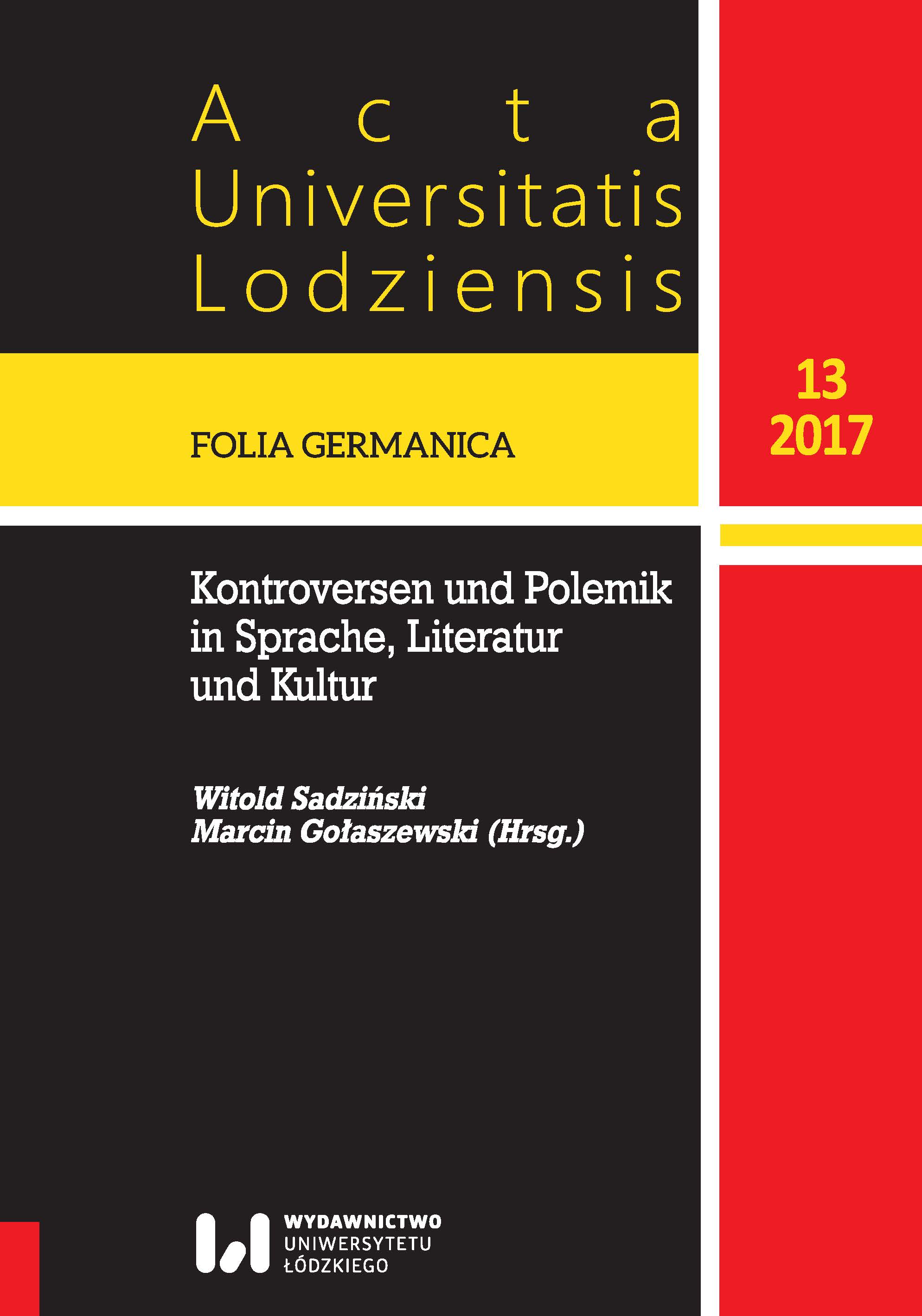Nazewnictwo i symbolika ozdób starogermańskich
The Nomenclature and Symbolism of Old Germanic Ornaments
Author(s): Andrzej Piotr KowalskiSubject(s): Archaeology, Cultural history, Philology
Published by: Wydawnictwo Uniwersytetu Łódzkiego
Keywords: archaeology; artefacts; brooches; fibulas; necklaces; rings; symbol of snake; vocabulary; word-formation; Edda; etymology
Summary/Abstract: The paper is devoted to possible concepts that ancient Germans held about ornaments. Cultural categories related to wealth, prestige, gift, sacrifice and deposit are carefully discussed. The main accent is on the etymological analysis of Proto-Germanic names for brooch or fibula, ring, necklace, belt, buckle. These are items found by archaeologists in the areas of Barbaricum dating from the period since the Bronze Age. The changes that led to the development of the Wielbark culture identified with the Goths were very important. The population of this culture did not place weapons and tools in graves, but only ornaments. Such a norm may have resulted from the mythical convictions confirmed in the Poetic Edda. The Old Norse goddess called Gullveig (literally ‘gold strength’) was the reason for the war of the divine generations of Aesir and Vanir. The Aesir were rulers and warriors, whereas the Vanir represented farmers and producers. Aesir used weapons, Vanir tools. Gullveig, burned three times at the stake and three times reborn, seems to be a symbol of ornaments. The Goths used only female burial equipment, putting a taboo on military accessories typical of Aesir. In addition, some Old Nordic poems associate ornaments with a mythical snake. This aspect is confirmed by archeological and linguistic data. The mythical technique of making jewellery is also important. The Old Nordic divine blacksmith called Völundr folds it from the bodies of the dead princes. In this way, he refers to the cosmogonic myth of the sacrifice of Ymir. The techniques of making ornaments, based on the reintegration of elements, resemble folk methods of treatment and are related to the Germanic idea of beauty as a complex whole.
Journal: Acta Universitatis Lodziensis. Folia Germanica
- Issue Year: 2017
- Issue No: 13
- Page Range: 149-166
- Page Count: 18
- Language: Polish

